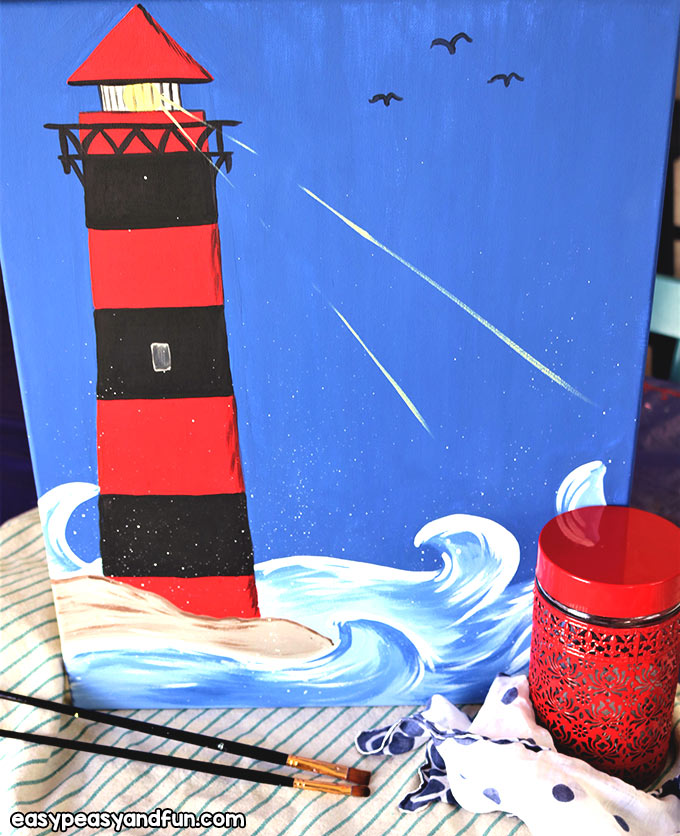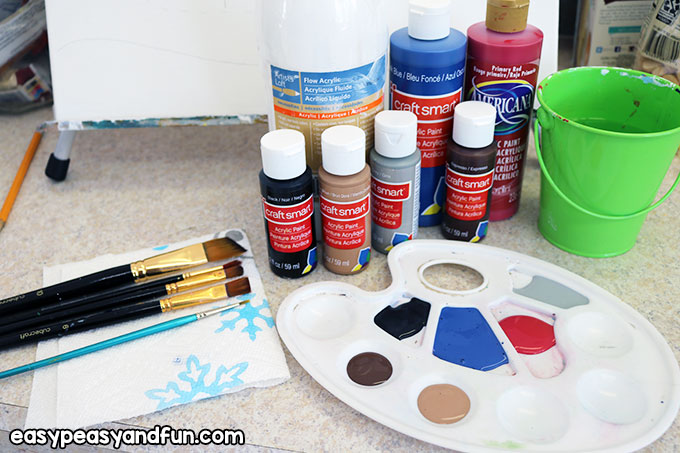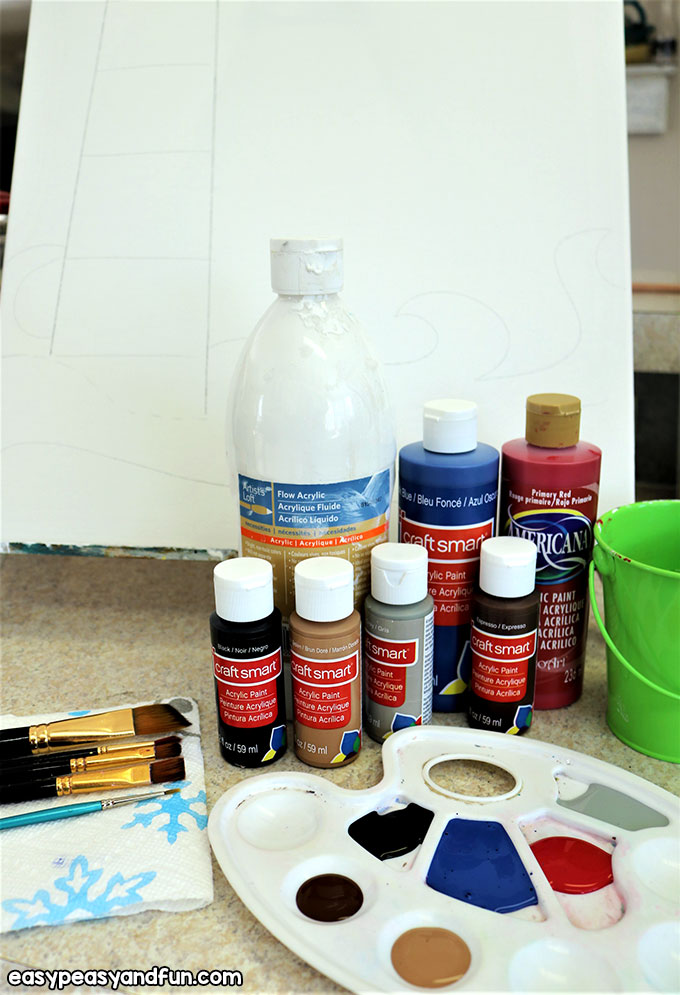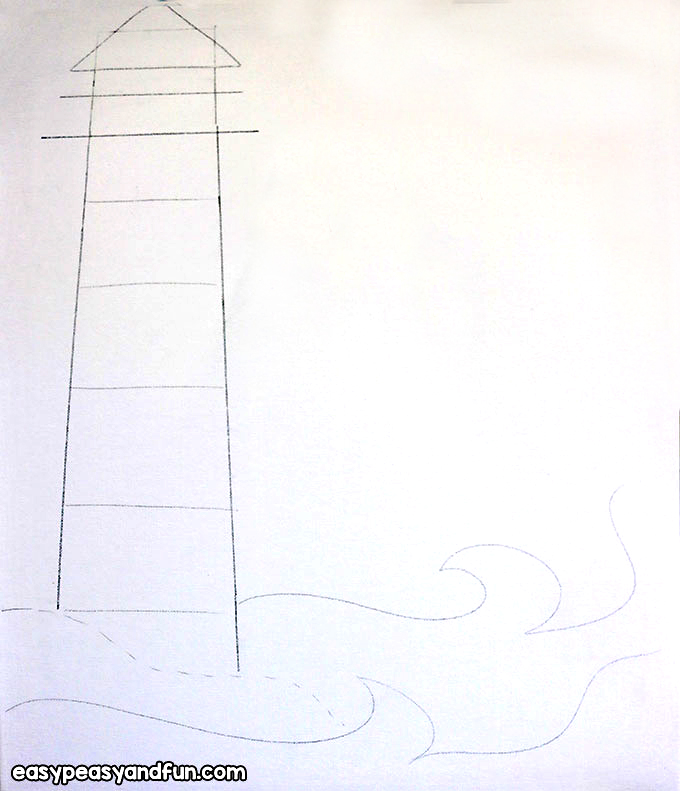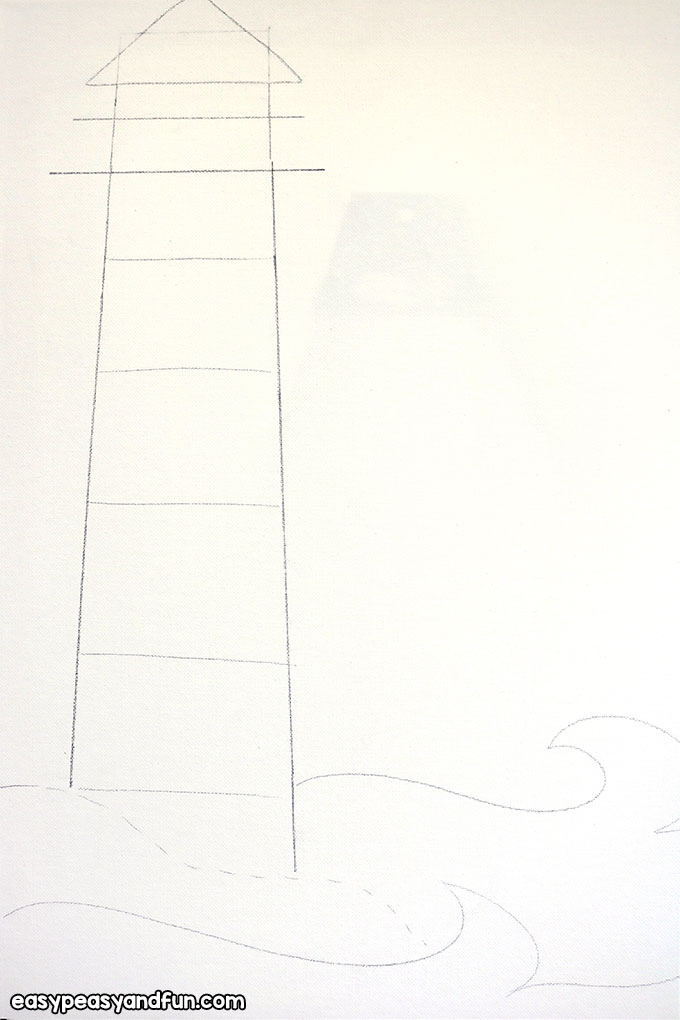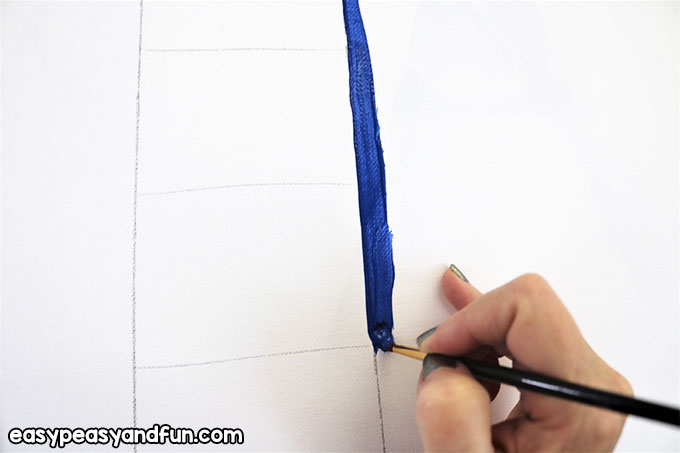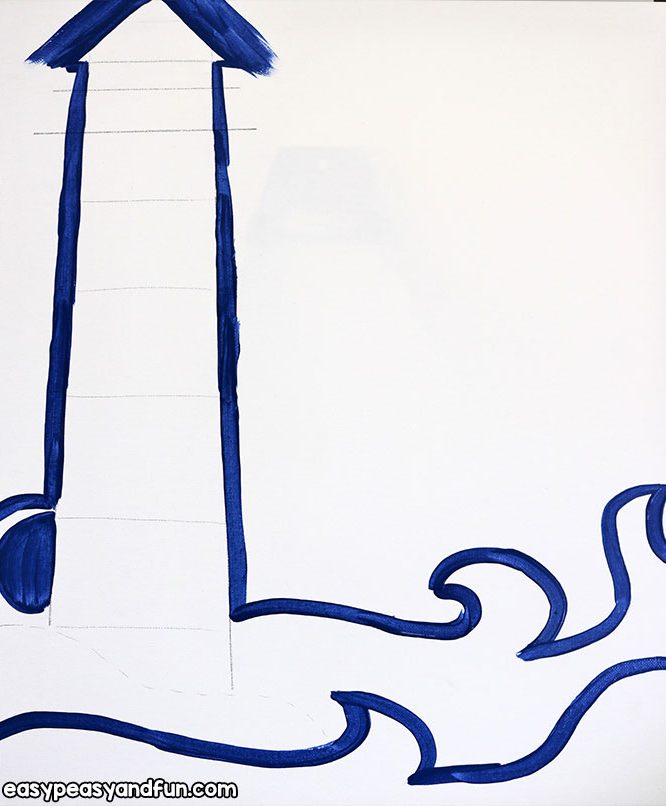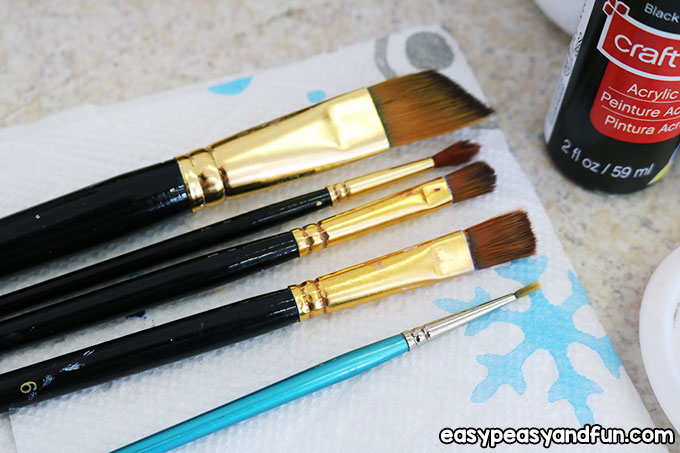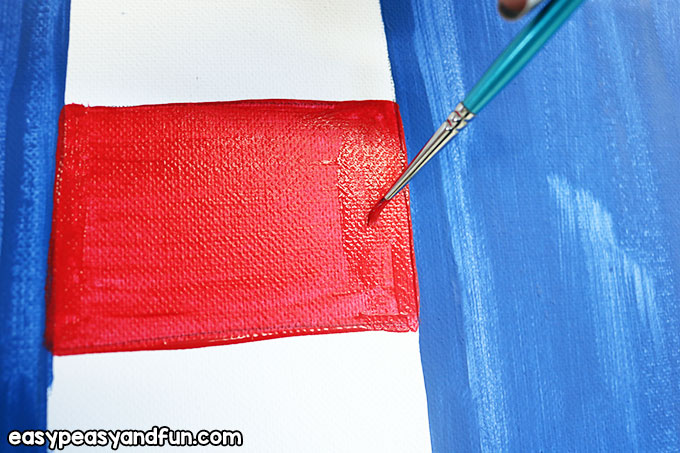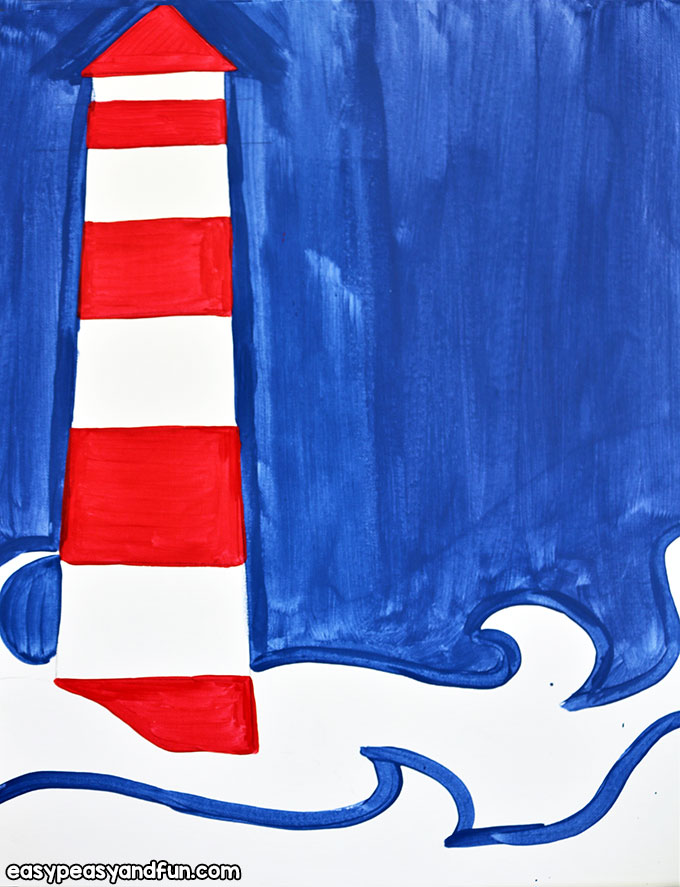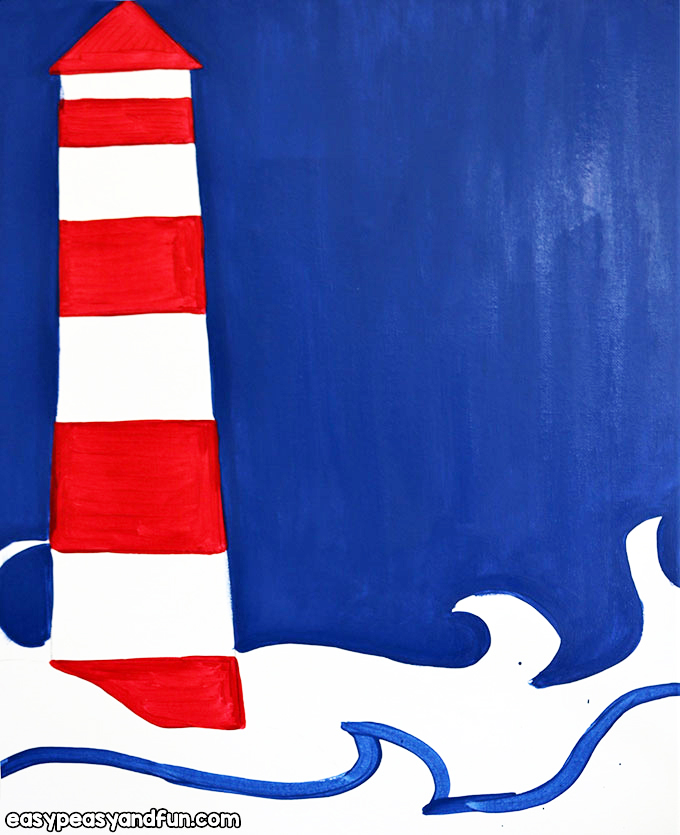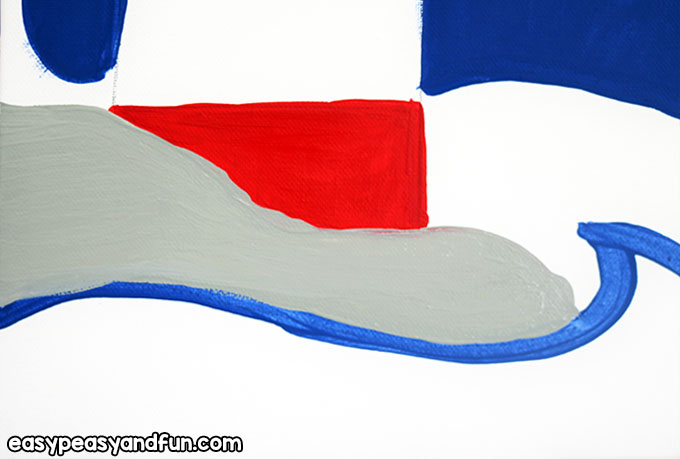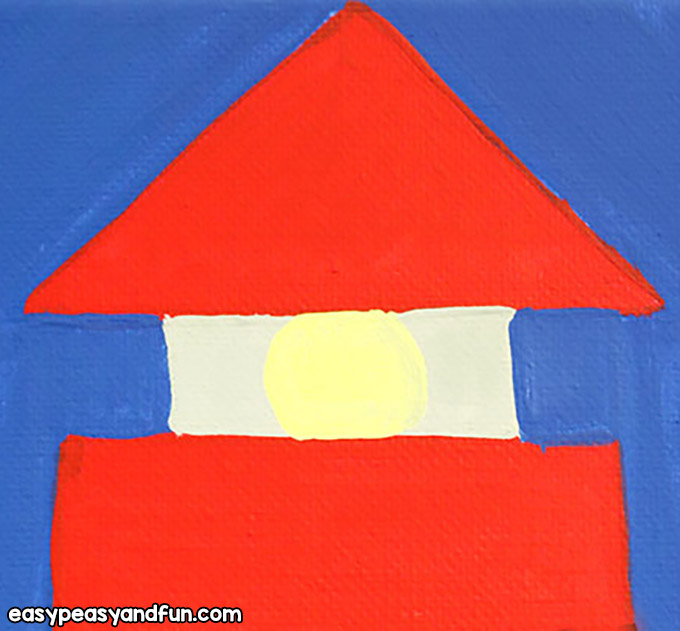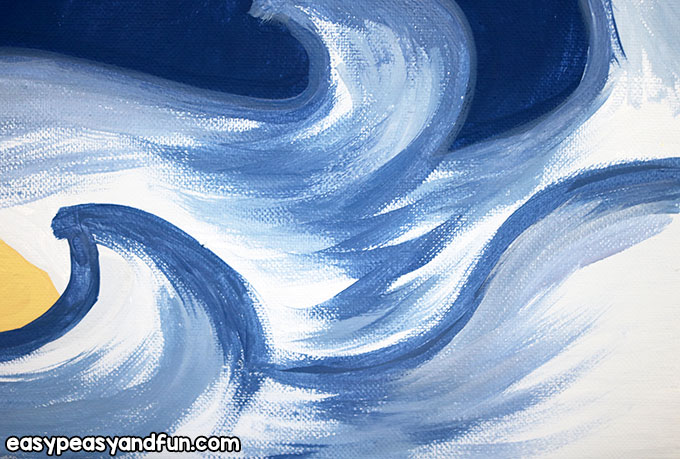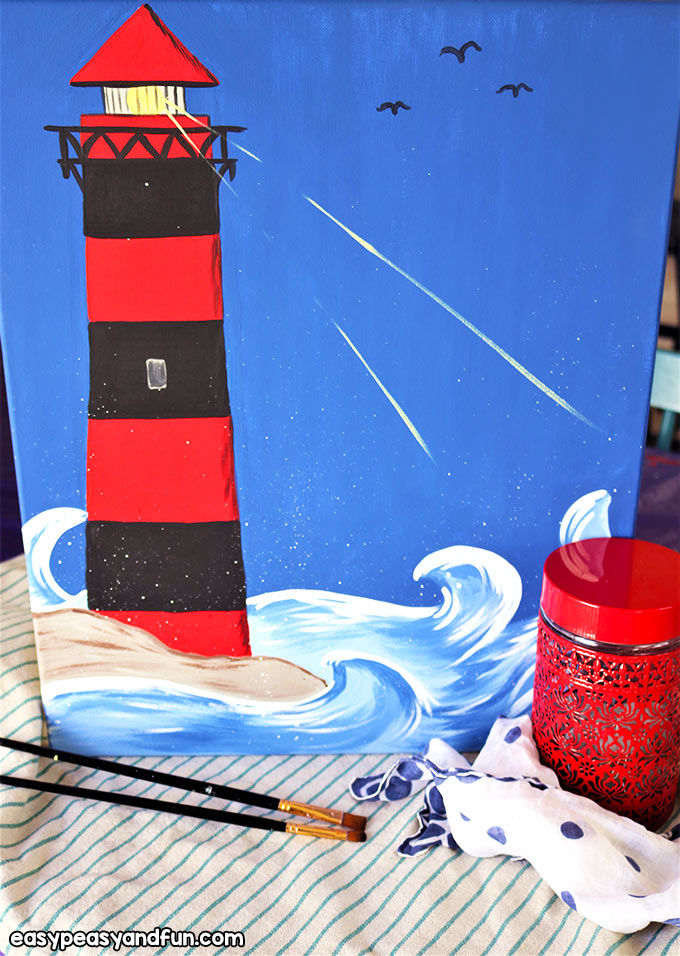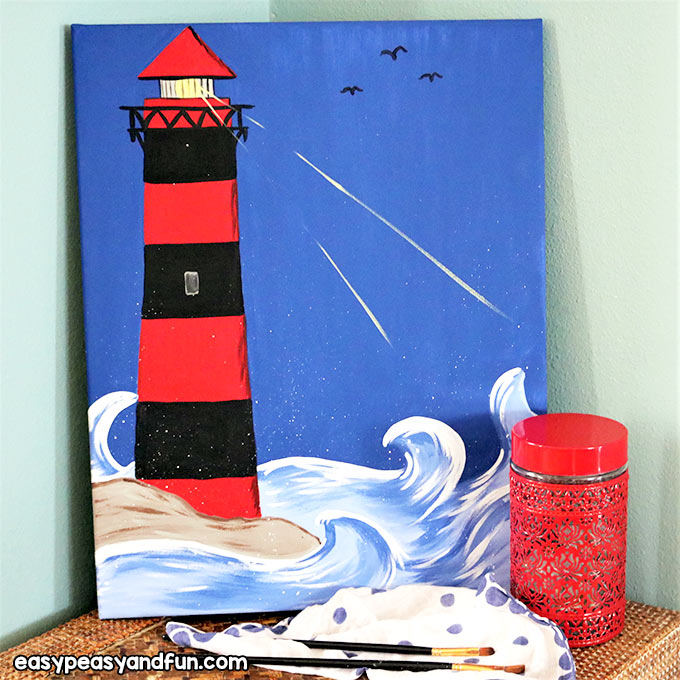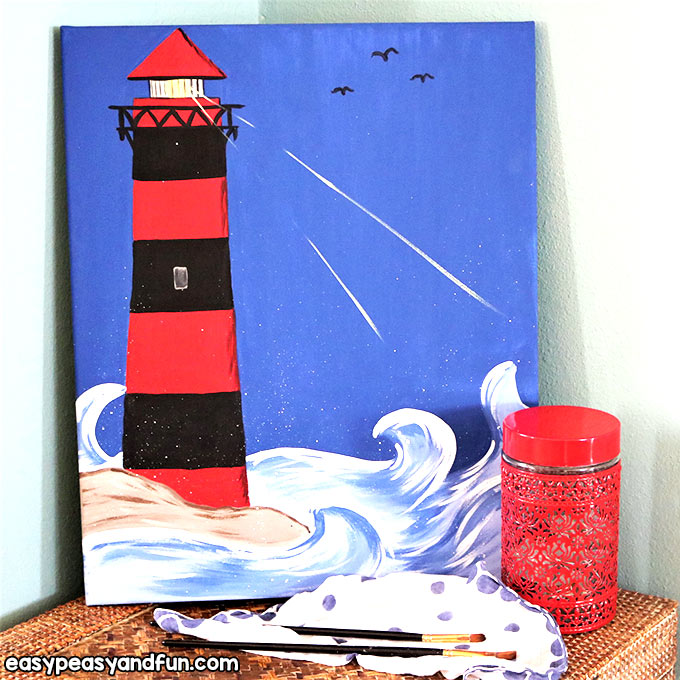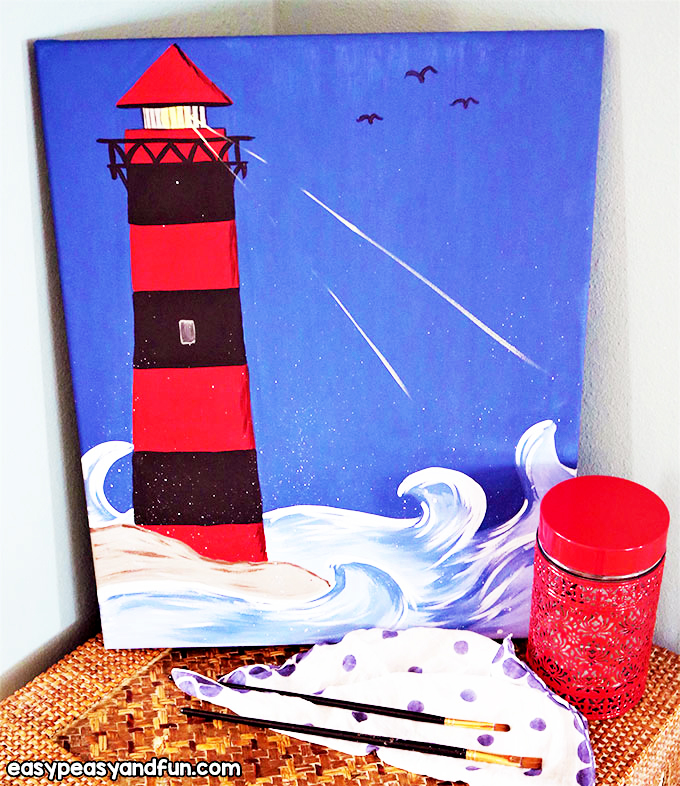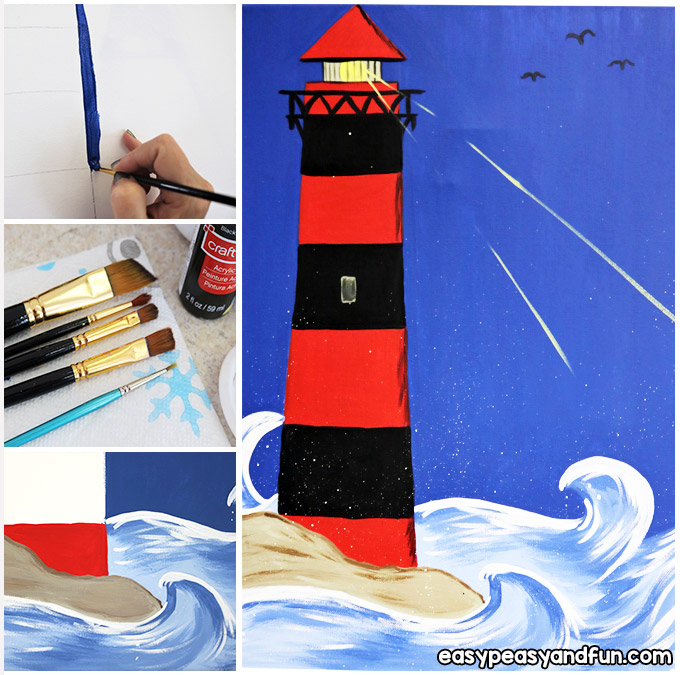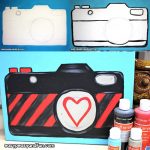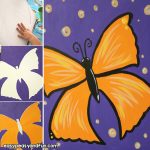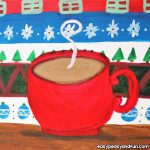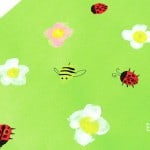Painting your own canvas from home, or with a group of friends or students has become a very trendy pastime and a great way to get some art therapy and practice in.
Many people pay to go to canvas painting classes and find it to be very relaxing.
Once you have done a few of them, it is not hard at all to do it on your own, if you aren’t looking for the social side of the class.
*this post contains affiliate links*
I will give you step-by-step instructions on painting your own lighthouse, along with a list of supplies needed. Don’t feel like you HAVE to follow them exactly if you feel led to do something a little different.
The idea is to help you along, but also to encourage your creative side, so if you get an idea and want to do something your own way, don’t be afraid to try it!
The great thing about using acrylic paints is that for the majority of the time, with just a few exceptions, you can paint right over something if you mess it up and don’t want to keep working at it.
It dries fast and you can have a completed painting in very little time if you like to work that way.
So, with your lighthouse, the first thing you need to decide is the color of the lighthouse itself and whether you want a night or day sky.
Choose a couple of accent colors for the lighthouse as well, and then you are ready to begin.
How to Paint a Lighthouse
What you will need:
- plastic tablecloth or a cover to protect area under you
- palette or paper plate
- cup with water and paper towels
- paints in shades of Blues, teal, and aqua, white, red, black, gray, brown, yellow – or any other you decide you need, maybe another yellow for a sun or moon or green if you want grass
- paintbrushes in a few sizes, ranging from tiny for detailing, up to about a 1” size, part of this is really what you prefer to use, but it is good to have a few long, thin type for outlining, and at least one smaller with a nice flat edge for painting straight lines with.
- pencil and eraser
- ruler
- easel if you prefer to use one
Step by Step Instructions
The first step is to lightly draw the lighthouse, waves, and rocks or whatever you choose to put around the bottom of it, in pencil.
You can erase on the canvas as long as you do it lightly with no hard pressure, and just be sure you brush off any eraser shavings, so they don’t get it any paint later.
Use a ruler to draw the sidelines of the lighthouse to start.
Leave room for the top of the lighthouse and some sky above it.
Also, leave room for rocks and waves below. It should take up about 2/3 of the canvas height.
I would advise you to look online at some lighthouse images to choose the top style for the lighthouse.
Most are similar, but some have more ornate things like iron on them. You will need to choose how you want yours to look.
Don’t stress too much with drawing in tiny details here, since you will be painting over them for the most part. The small parts of this you can paint in with a tiny brush later.
If you are doing a striped design on the lighthouse, use the ruler to draw the stripes on to it now also.
Draw an area for the light – it should be a rectangle shape, with a circle in the center for the light.
Now, sketch in some rocks or a cliff, or grassy area, even if it just a simple, hilly line that goes under the lighthouse.
This is where you should get creative and choose how you want it to look. If you like the style of the sample here, you will need to draw in a few rocks first, making them bumpy and not perfectly smooth, and then some waves.
I wanted mine to have a wild, crashing type wave, not be a calm water, but you can choose whatever you want to do.
Once you have the main outline for your water or grass drawn, you’re ready to start.
It’s time to paint!
You will first paint your background. I recommend shaking up the paints well before pouring and don’t overpour it, but for the background, you will need at least 3 or 4 palette-sized cups of paint.
If you are using a darker blue, it will take 2 full coats most likely.
Start by using a long, thin brush and do an outline before painting in with a larger brush.
This helps keep you focused on the area you need to be on and helps keep you from accidentally going into the lighthouse with the paint.
Wet your brush to start and blot it on a paper towel, then dip it into the paint. This helps loosen up the brush and get the paint flowing. You should only use the water when you pull a new brush to use or to rinse the brushes out otherwise.
Water will mess up the paint finish and make it see-thru and runny.
Outline all the way around the lighthouse, and the rocks and waves with the background color you chose.
For mine, I added a line between where the rocks and waves mix towards the bottom of the canvas too.
Once you’ve done that, go ahead and paint in the background with your large brush.
Be sure to paint along the outside edges as well, across the top and the sides, and on the bottom if there is an area where it shows there.
While your first layer of paint is soaking in for a few minutes, rinse the brush well and switch to the lighthouse color.
If you are doing a stripe on the lighthouse, choose one of the colors for the stripes and paint those stripes in. One thing to note: If one of your stripes is black and you are adding iron balconies or anything to the top, be sure not to start the lighthouse stripes with black, so that the iron parts show up.
Mine is red and black so I did a small section of red there to start to make that part balanced and then did the thicker stripes in alternating red and black.
This paint color may need two coats as well, so if you want to switch back and forth between the lighthouse and the background, that works well.
Add another coat to your background and then go back to the lighthouse.
Next step is to start the rocks, water or grass, whatever you chose.
I painted in my rock first, that the lighthouse is sitting on top of, in a gray, so that when I paint the waves they overlap the rock.
This is also a good time to add gray up where the light is so that it has time to dry before you go in to do the rest of it.
Then, I started with a lighter blue color and painted in all the areas with waves and water.
I used the dark blue color line I had painted earlier to help give the second lines of waves a shadowed look and help divide the waves up, so they don’t look like one big blue area. They need dimension to them and movement.
The best way to make that happen is to use a few shades of blue and some white.
Go into the light and paint the light yellow in the center of that area.
Once you have a good coat on the main color for the water (in my case, light blue), you can take a smaller brush and add some lines on each wave, following the shape of the wave to give movement to it.
This is also a good time to let the paint dry on the water if it needs to and go back to the lighthouse.
Start painting in the other colors on the lighthouse at this point, including the other stripe color and the roof. If the first color needs any touching up, go ahead and do that as well.
The background color, the lighthouse, and the water or rocks should be close to dry.
If you can see any canvas showing through the paint on these, touch it up now so it is a good, solid color all over.
Now, you should be ready to add finishing details.
For the waves, add any lighter or contrasting blues with a small brush – you can add lines in the water if you didn’t do waves, just making thin wavy lines here and there, and on the waves you can add a rolling foamy look to the tips of the waves with the white paint, as well as some blue or white in the waves if you like.
On the rocks, use a brown (I mixed a little white in my brown, so it wasn’t so dark and harsh) and take a small brush to add contrast and shadows on the rocks.
Small, wiggly, lines and a few dots help it look textured. On the lighthouse, use the tiny brush to paint in the railings and iron details.
I did a zig-zag type pattern for my railings and I also added small black lines down one side of the lighthouse to show some shading and make it stand out some.
Also, if your sky is a darker one like mine, take the tiny brush and add a few lines of yellow pointing down from the light to show the light shining if you like and also paint in a small window/cut out part mid-way down the lighthouse in a small rectangular shape.
You can shadow it with black too if you like, by painting across the bottom and one side with black or gray.
If you’d like to add birds in the sky or paint a sun or moon, this is the last step. Birds are done using a tiny brush, in V-shapes, with accented tips on the “V”. Keep them small and they are easier to paint.
Lastly, check over all the painting to see if you want to touch up anything and take care of that, then add your signature!
Let it dry well.
Happy painting!
Want instant access to all of our printable crafts, activities, and resources?

With thousands of crafts, activities, worksheets, coloring pages, and drawing tutorials to print, you will always have just the resource you need at your disposal. Perfect for parents and teachers alike!


